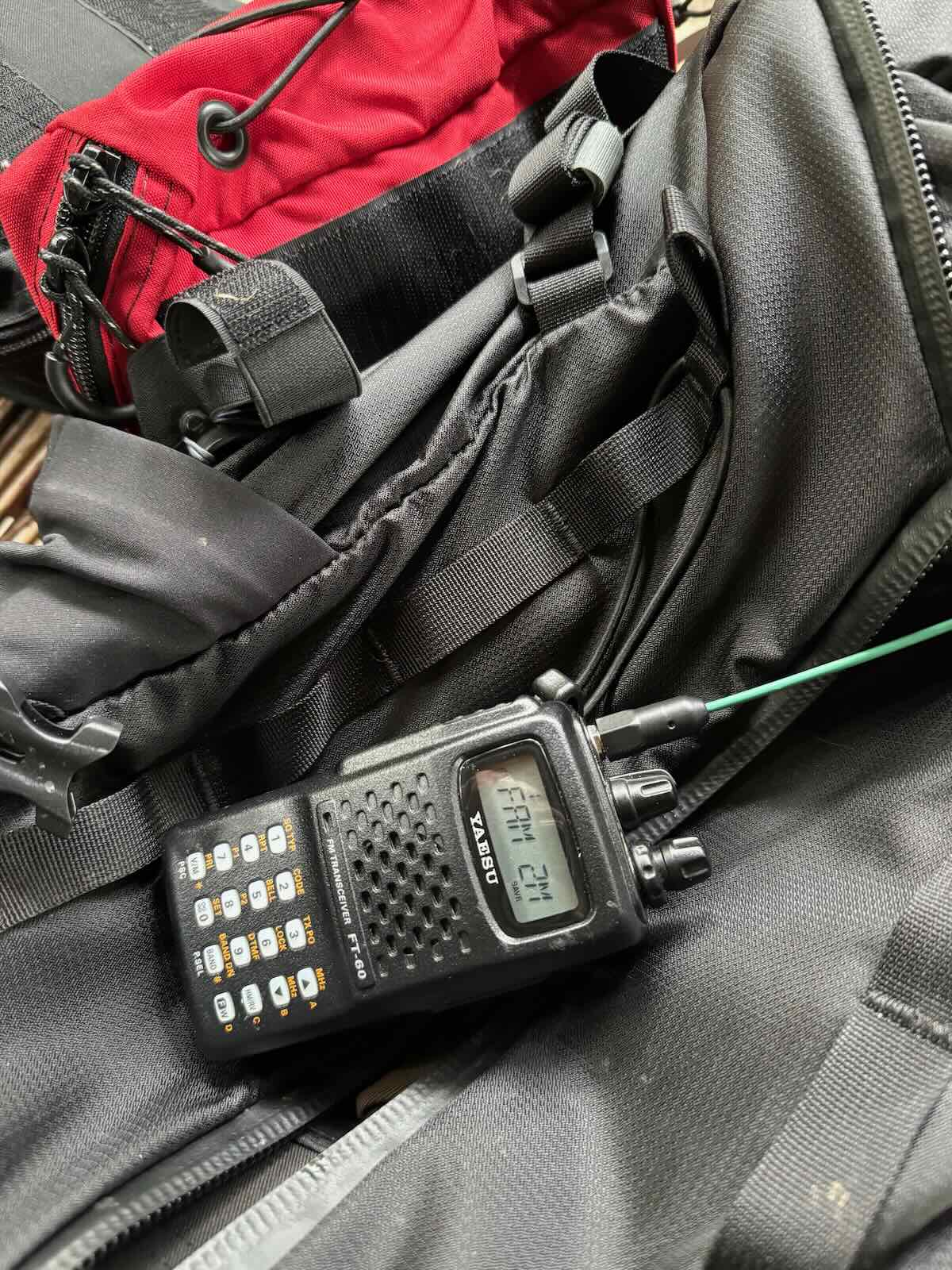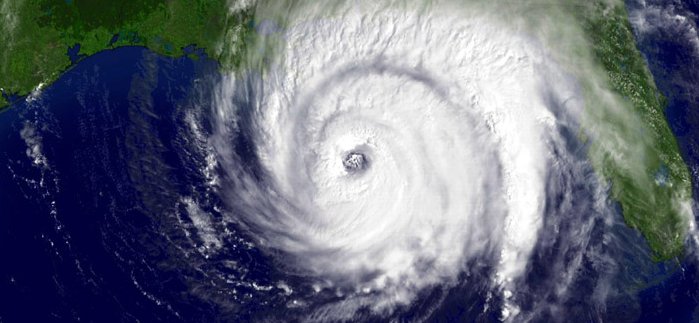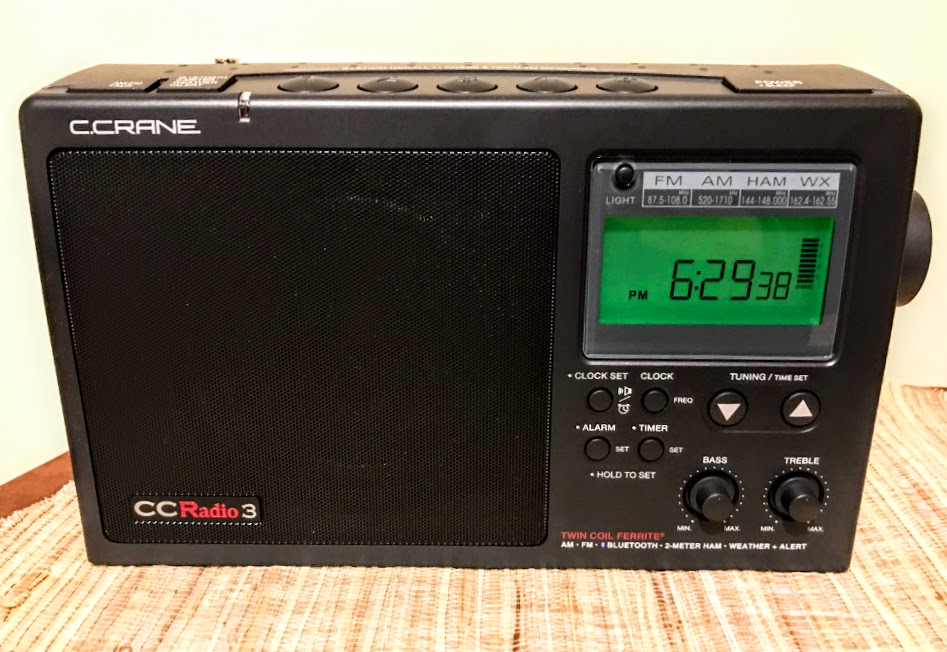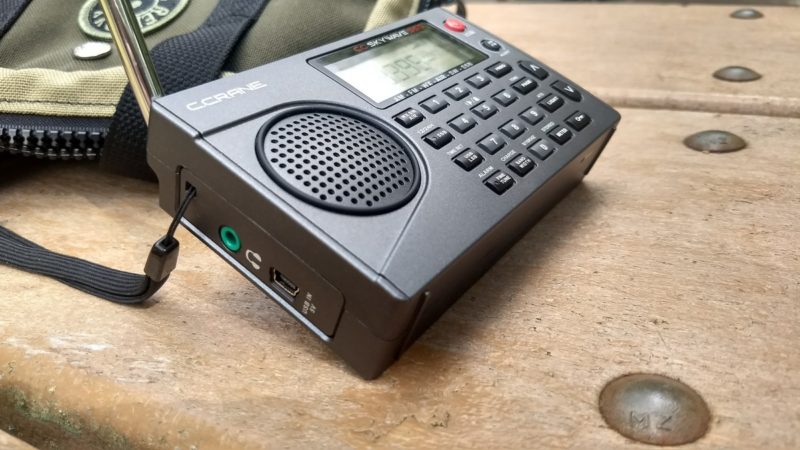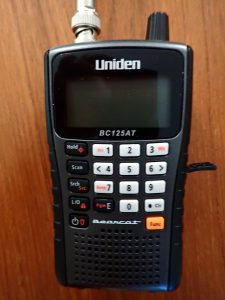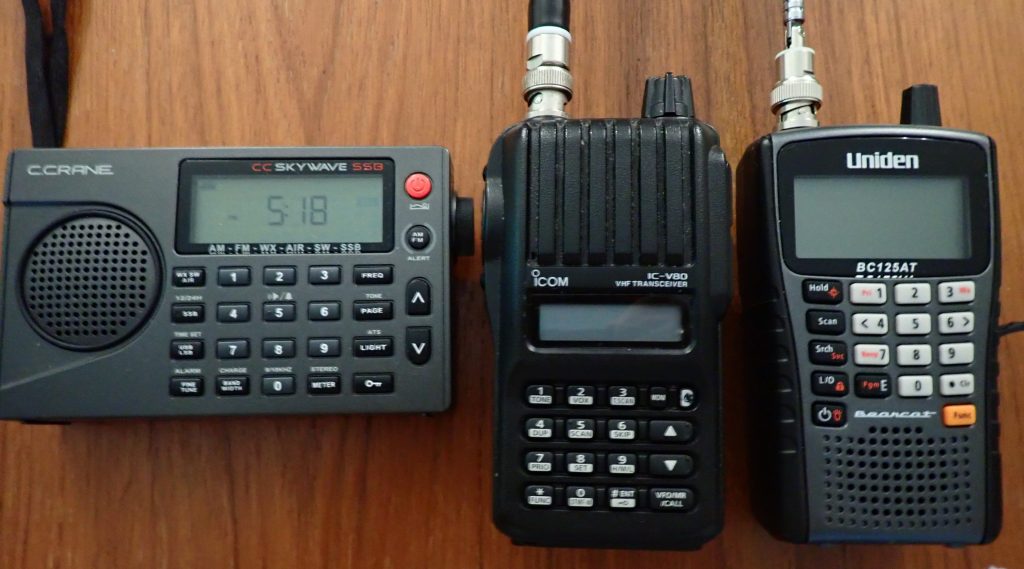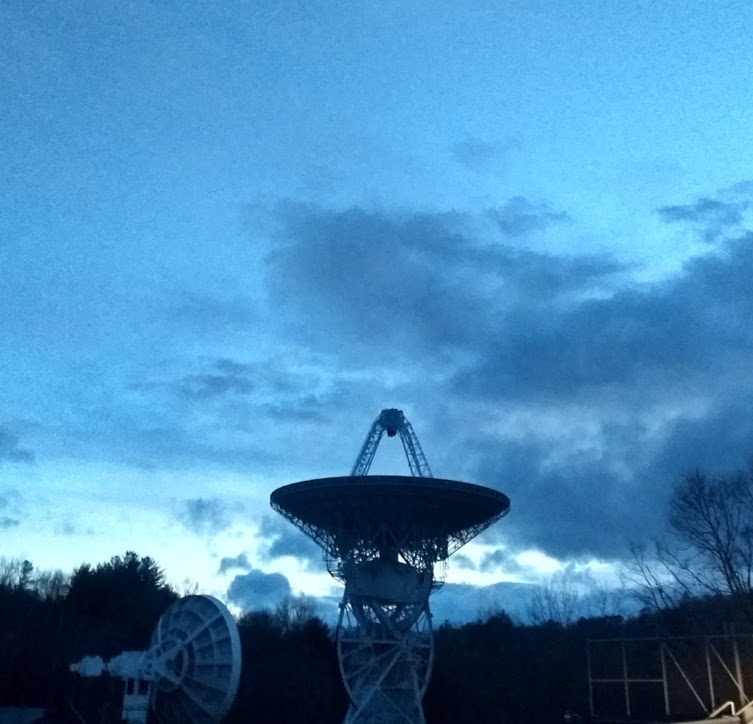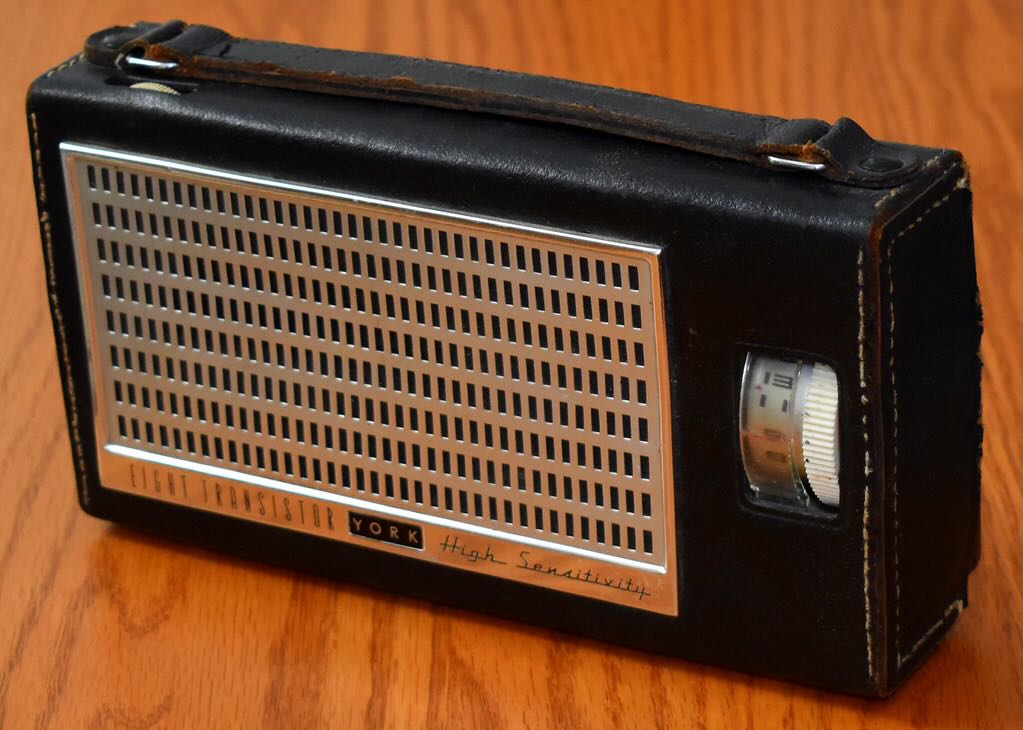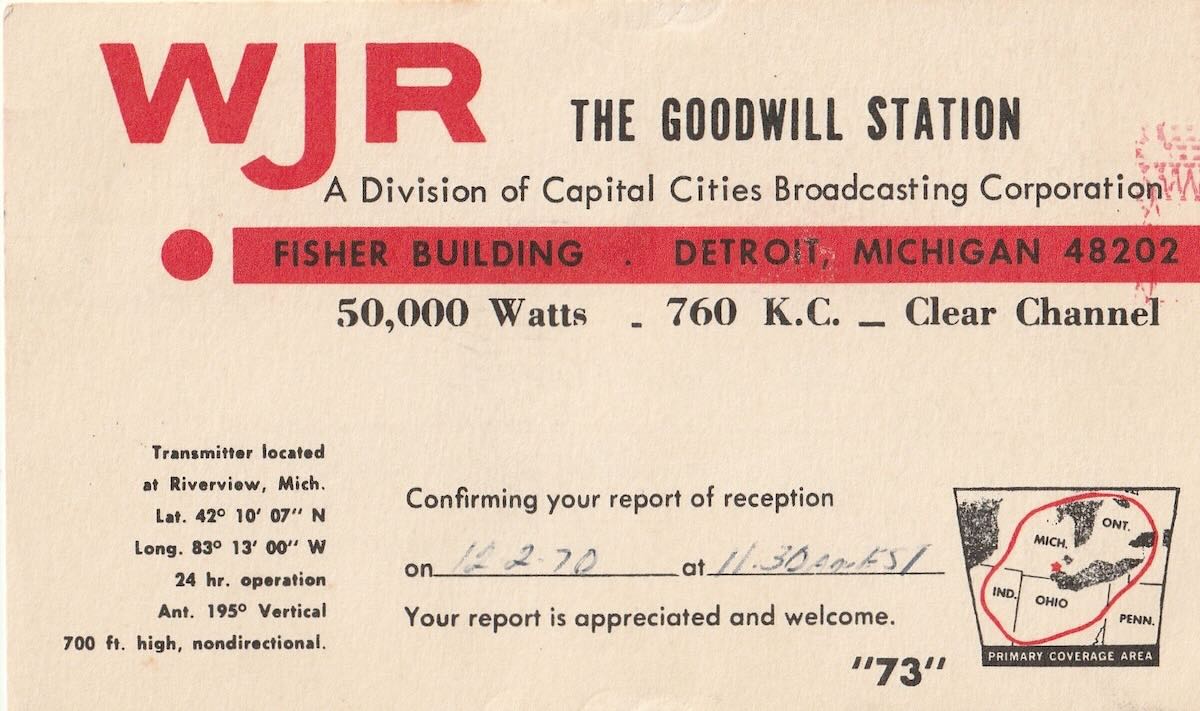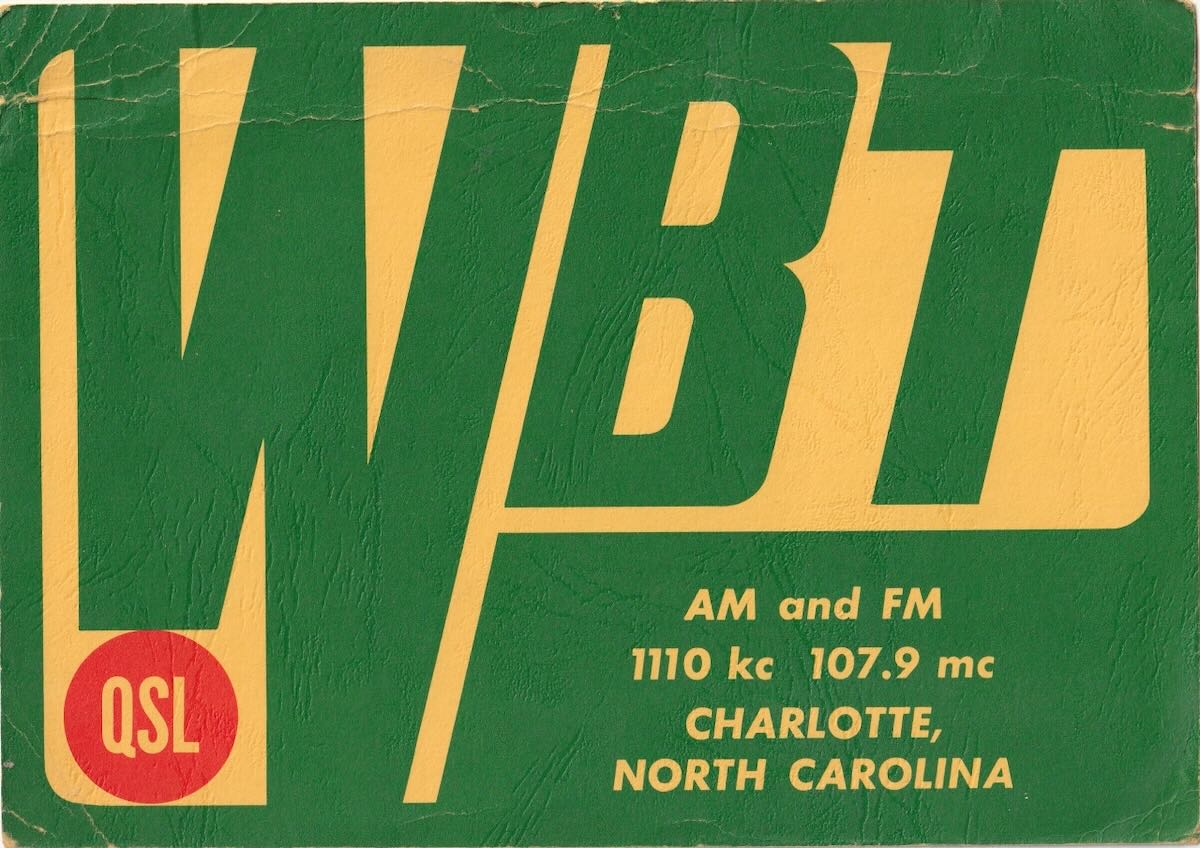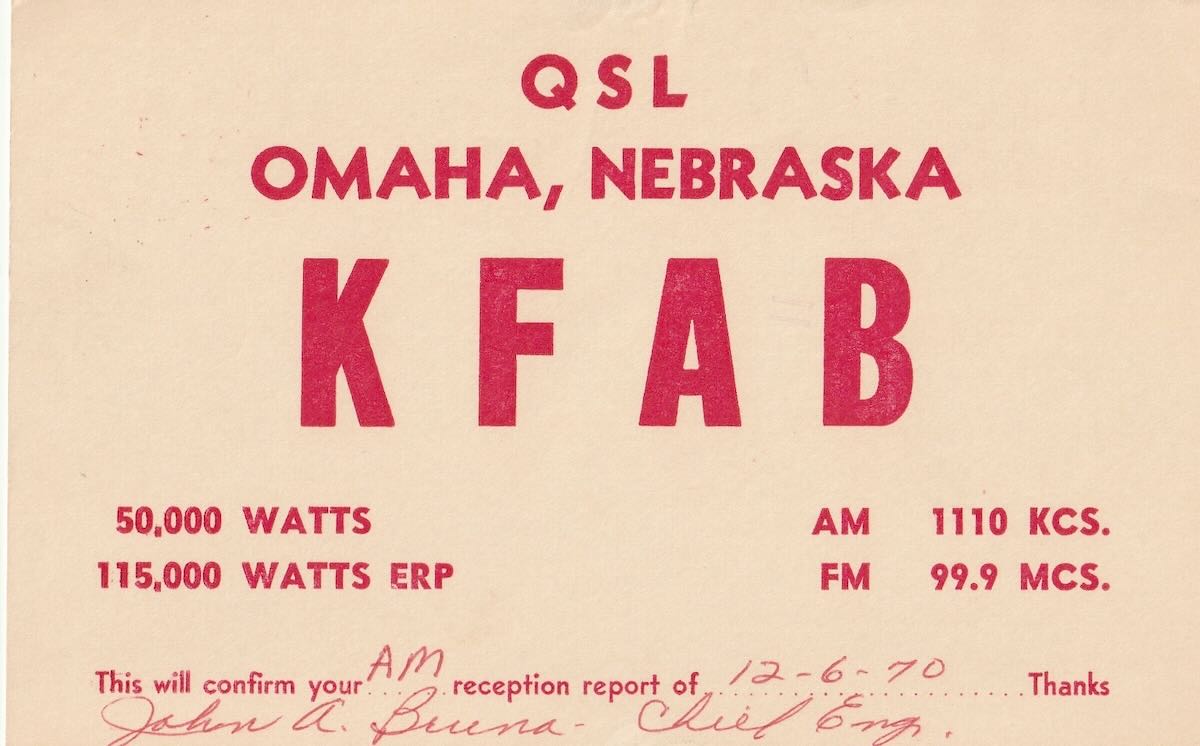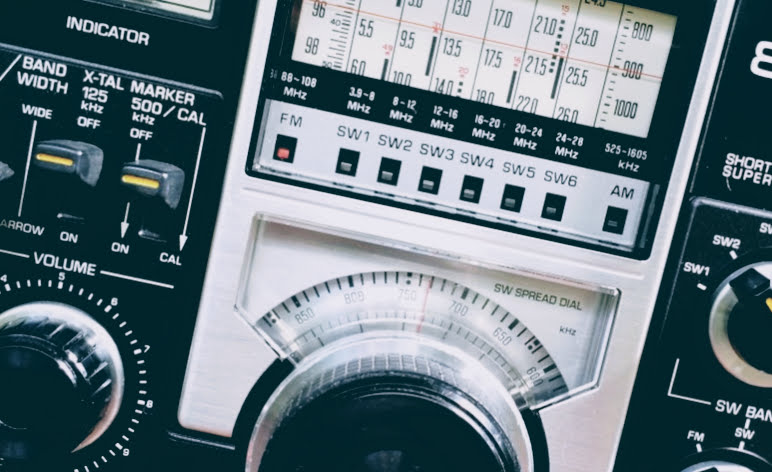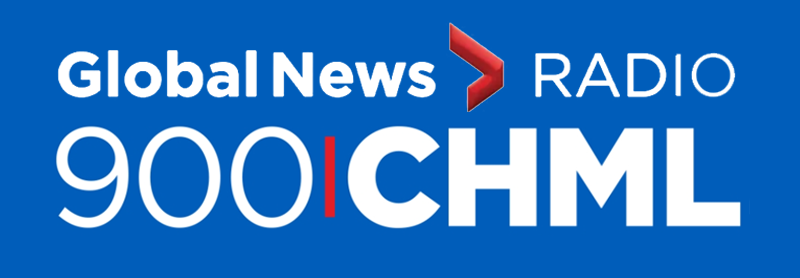Radio Waves: Stories Making Waves in the World of Radio
Welcome to the SWLing Post’s Radio Waves, a collection of links to interesting stories making waves in the world of radio. Enjoy!
Many thanks to SWLing Post contributors Bake Timmons and Bill Robins for the following tips:
Through Hurricanes Helene and Milton, Amateur Radio Triumphs When All Else Fails (WIRED)
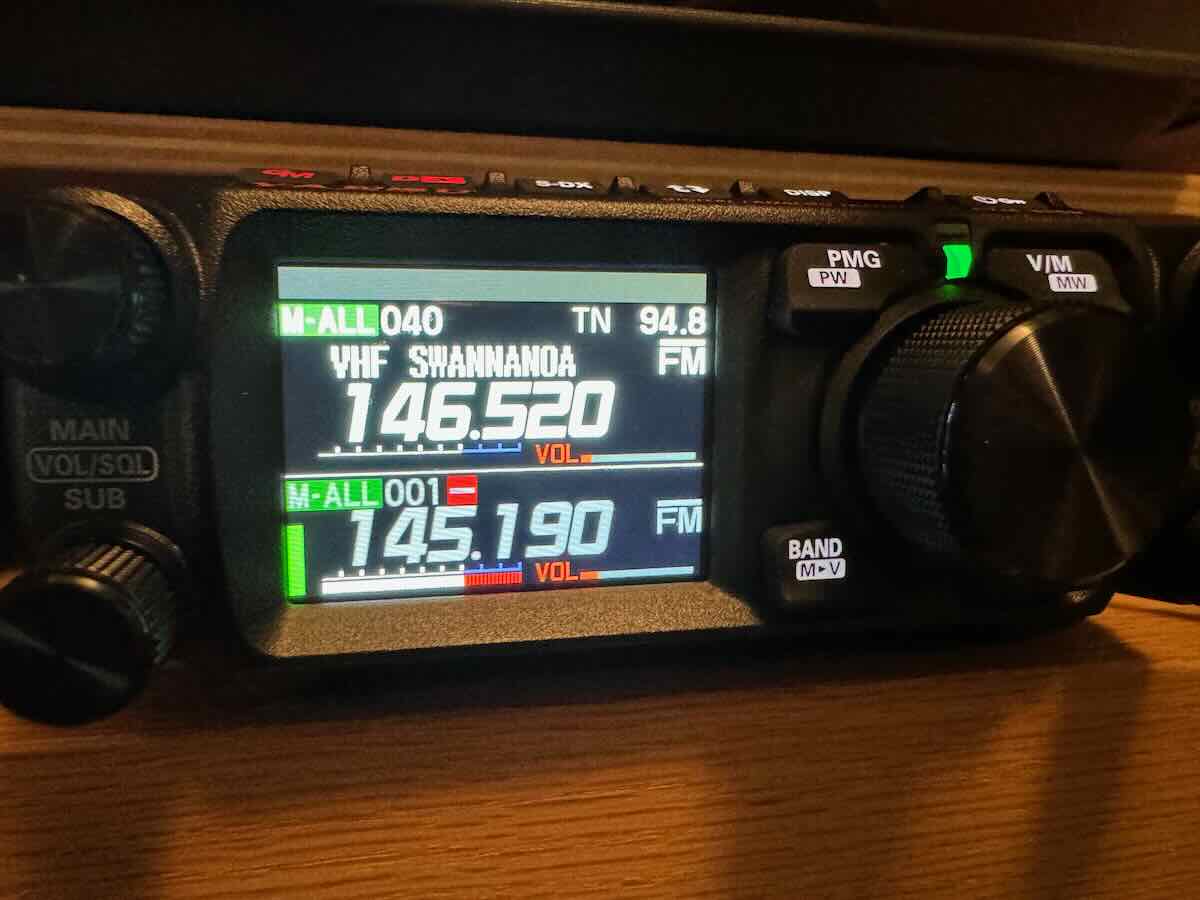 The morning after Hurricane Helene pummeled the eastern seaboard of the US, Thomas Witherspoon inspected the damage to his western North Carolina home. The night before, he listened to the wind whip down trees and snap power lines along the two-mile access road connecting his family to their few neighbors in Buncombe County.
The morning after Hurricane Helene pummeled the eastern seaboard of the US, Thomas Witherspoon inspected the damage to his western North Carolina home. The night before, he listened to the wind whip down trees and snap power lines along the two-mile access road connecting his family to their few neighbors in Buncombe County.
Like the tens of thousands of other North Carolina residents, the power to Witherspoon’s neighborhood was completely out. It was impossible to communicate with the house down the road, let alone anyone several miles away. Unable to send text messages or make phone calls, radio became the one form of communication left in rural North Carolina. After fixing what he could on his own property, Witherspoon, a lifelong amateur radio enthusiast, began distributing handheld radios to his neighbors.
“Amateur radio is one of those things you get into because of your love of radio communications and the technical aspects of it or the community and the challenges that you can overcome,” Witherspoon says. “It’s a lot of fun, but underlying all of that is this prime directive with amateur radio that it’s always there as emergency communications when all else fails.” [Continue reading…]
How a local radio station became a lifeline after Helene roared through North Carolina (CBS News)
Asheville, North Carolina — As Florida grapples with the destruction from Hurricane Milton, the people of western North Carolina know that reality all too well. Helene roared through the mountains, leaving more than a million people in the disaster zone without water, power and spotty cell service.
But what they did have was the radio.
For days, WWNC host Mark Starling and producer Tank Spencer were a lifeline, serving as a proxy dispatch service to help coordinate wellness checks and connect the stranded with nearby resources.
“We didn’t have any connection to the outside world except our radio stations, and we were the only two here. So we kind of had a mission of like, OK, well, we’ve got to walk these people through the storm,” Starling said.
The Asheville AM radio station was inundated with phone calls, which meant dealing with the widest range of emotions imaginable. One caller was a man on the second floor of his house with his wife and grandchild, Starling said.
“Our entire basement’s flooded. Our first floor’s flooded up to about four feet and we’re upstairs. We’re safe, but my Ram truck is underwater,” the caller said.
Starling told the man to keep the station’s number handy and hoped everything would be OK.
But as Starling tearfully recalls, “Everything wasn’t fine.”
The caller, his wife and their 7-year-old grandson were all swept away, among the at least 120 people killed by Helene in North Carolina. [Continue reading…]
Do you enjoy the SWLing Post?
Please consider supporting us via Patreon or our Coffee Fund!
Your support makes articles like this one possible. Thank you!

